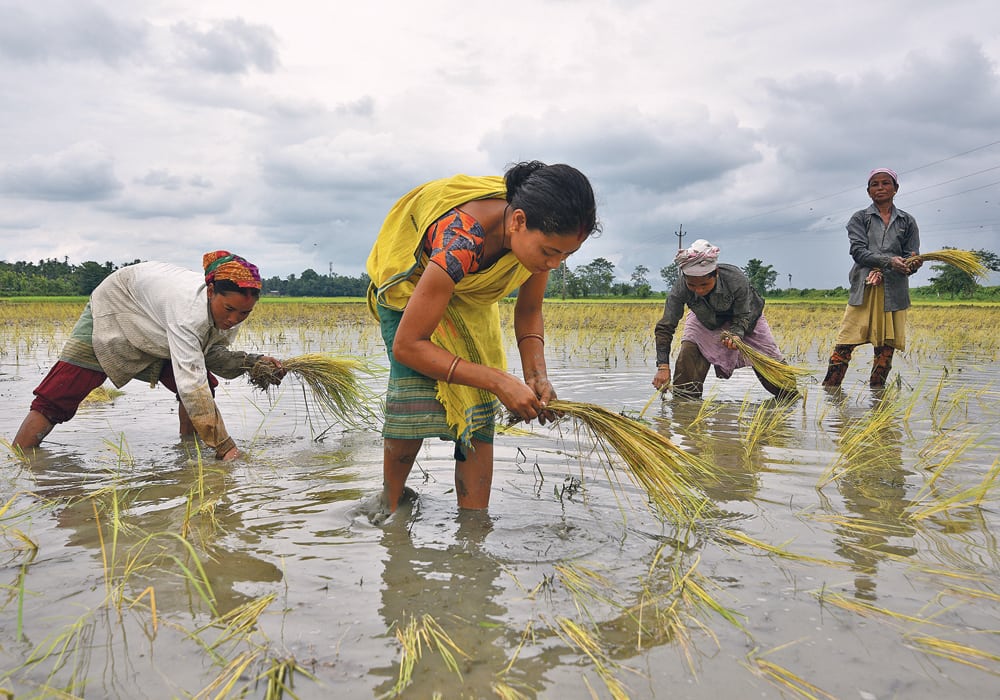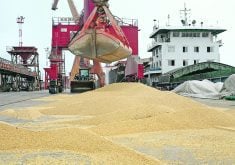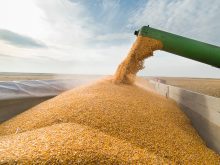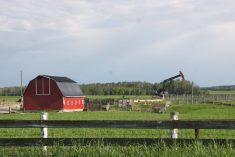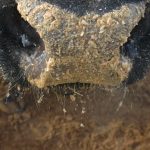India could be heading for drought, reversing the recent trend of bin-busting crops, say weather forecasters.
The 2018 summer monsoon is off to a poor start, and weather forecasters are predicting more disappointment to follow.
Rainfall between June 1 and July 6 has been eight percent below normal for the country, according to the India Meteorological Department.
Jason Nicholls, senior meteorologist with AccuWeather, believes the rainfall deficit will blossom to 10 to 12 percent by the time the monsoon fades in September, which would be classified as a drought.
Read Also
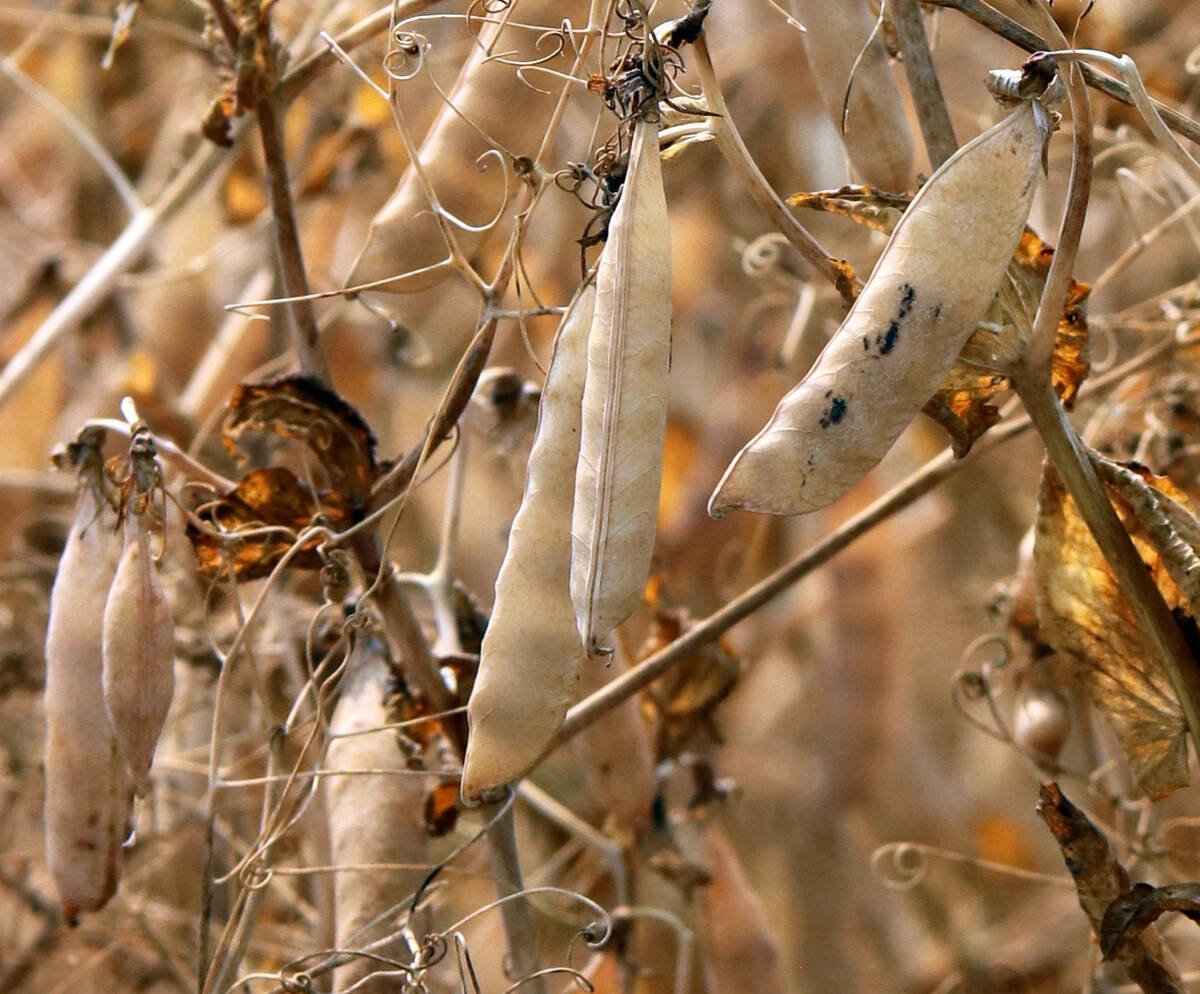
Trump’s tariffs take their toll on U.S. producers
U.S. farmers say Trump’s tariffs have been devastating for growers in that country.
That would put an end to the streak of record crops India has been harvesting that prompted the government to place huge tariffs and other restrictions on pulse imports.
It would hurt prospects for the summer (kharif) crop that is being seeded and for the winter (rabi) crop that follows because it relies on soil moisture and water reservoirs from the summer rains.
Most forecasters were predicting a normal monsoon heading into the kharif crop growing season, but an El Nino started developing sooner than anticipated, and that tends to be detrimental to monsoon precipitation.
Nicholls said it is highly unlikely there will be a full-fledged El Nino before the monsoon season is over, but the precursor could be just as harmful.
The Southern Oscillation Index, which is an indicator of the atmosphere’s response to the warming of the Pacific Ocean, has gone from positive in May to sharply negative in June, and that is not a good development because it tends to disrupt circulation of the monsoon.
“With the atmosphere acting the way it is, it may not matter if it’s an official El Nino because the circulation is such that it’s almost mimicking one,” he said.
“I think that’s what’s going on, and a lot of India may end up being drier than initially thought.”
The onset of the monsoon was a few days early this year and it got off to a good start, but then it stalled for a couple of weeks starting June 9, forcing farmers to delay seeding.
Growers had planted 3.36 million acres of pulses as of July 6, which is 19 percent below last year’s pace.
David Streit, meteorologist with Commodity Weather Group, said June has been a disappointment and it doesn’t look much better for the remainder of the monsoon season.
His weather models are showing below normal rainfall in July, near normal in August and then back to below normal in September.
“The thing that’s worrisome about the seasonal outlook is that if indeed September comes in drier than normal it’s pretty indicative of an early withdrawal of monsoon activity,” he said.
“That leaves the crop at a critical stage of development without much support.”
Streit agreed that it is unlikely an El Nino emerges before the monsoon abates at the end of September but it could still very well have an impact on crops.
“I’m not sure we could get there fast enough but it’s certainly a background feature that could cause problems,” he said.
He also agreed that the northwest part of the country is the biggest area of concern.


